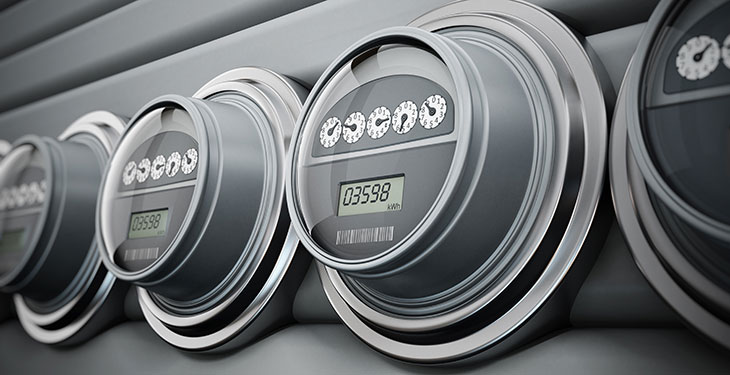Gross energy consumption in the Romanian metallurgical industry last year was of 62,534.2 TJ, up 12.4% from 2020, according to data centralized by the National Institute of Statistics.
By field of use, 54.7% of consumption was recorded for the blast furnace preparation section, 15.2% for cast iron production, 12% for other uses, 6.9% for steel production, for electricity production- 6.3% and for rolling mills- 4.9%, according to Agerpres.
In terms of resources used in the metallurgical industry, solid fuels accounted for 54.4% in 2021 (53.2% in 2020), gaseous fuels – for 32.7% (34.1% in 2020) and electricity- of 11.3% (11.1% in 2020).
Of the total solid fuels, coke accounted for 59.6%, being the main fuel used in the metallurgical industry.
In the metallurgical sector, almost entirely, the electricity resource is provided by the national system (92.8%). In 2021, the electricity resource was of 2,294.3 GWh, an increase of 13% compared to 2020.
Of the total electricity used in this sector, the domestic consumption of the units represented 85.8% (1,968 GWh). The consumption of steel equipment and installations was of 1,649.4 GWh (83.8% of consumption), while auxiliary installations and domestic services recorded a consumption of 318.6 GWh (16.2% of total consumption).
By type of steel equipment and installations, the largest share of electricity consumption was held by rolling mills (497.8 GWh, respectively 30.2%), followed by electric melting and continuous casting furnaces (494.5 GWh, respectively 30%) and steelmaking capacities (354.3 GWh, respectively 21.5%).
In 2021, crude steel production was of 3.39 million tonnes, up 20.3% from the previous year.
Compared to 2020, there were increases in the consumption of pellets (+ 120.5%), iron ores and concentrates, as well as ferrous agglomerate (+ 5.8% each), which led to an increase in blast furnace production by 12.2%. There was also an increase in the consumption of ferroalloys (+ 28.4%) and cast iron (+ 13.7%), which was reflected in the advance of crude steel production by 20.3%.
